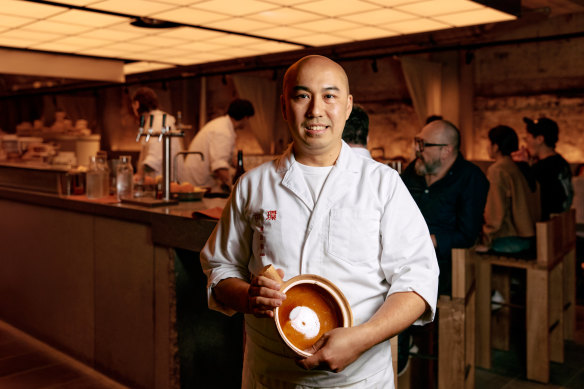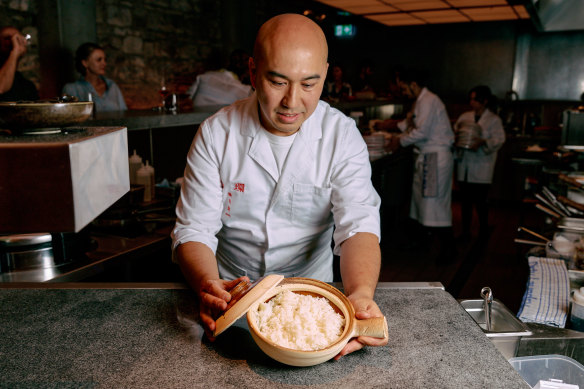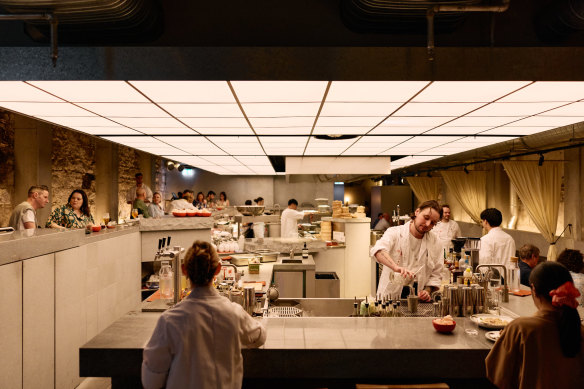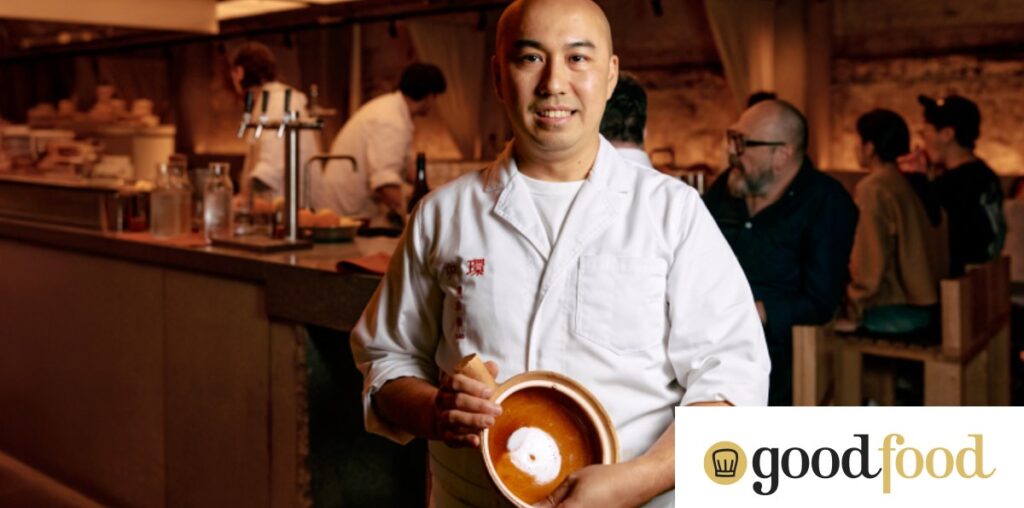He reckons it produces a fluffier, more fragrant style of steamed rice (although he does have a favourite brand of rice cooker too).

Let’s get this out of the way straight up: Benny Lam is a fan of rice cookers. In particular Panasonic rice cookers, which he reckons give the most consistent results, with nice, evenly cooked and fluffy rice.
But he says what you should really be cooking your rice in at home is a clay pot.

“One hundred per cent a rice cooker is easier, and you’ll get more consistent results,” says Lam, who is executive chef at top Brisbane restaurants Southside and Central, and a partner in the latter. “But I love the process of using a clay pot: I can open the lid and see the steam coming up and smell when it’s ready.”
You might more readily associate a clay pot with dishes such as braised beef brisket, mixed vegetables with satay sauce, or clay pot three-cup chicken, but clay pots have been used in China to cook rice for thousands of years.
“It’s one of the traditions in Hong Kong [where Lam was born], so that’s why I like to use one at home,” Lam says. “Rice is one of the main foods in China, of course. Everyone needs it. If people don’t eat rice for two or three days, they start to think they’re getting sick.”
But it’s more than just tradition and the joy of the process that makes Lam opt for clay pot at home. He reckons you also get a better expression of the rice.

“You’re maybe not getting the volume you’d get out of a rice cooker, but you’re getting the best out of the grain,” Lam says. “Because of the curved shape, the thickness and the clay, the pot holds the temperature more evenly, so you get this rice that is fluffy and has more bounce and texture. And you get that fragrance – you can really smell the flavour of the rice.
Much like a saucepan on the stove, cooking rice in a clay pot requires a bit of management but is easy enough, Lam reckons. Just make sure you wash your rice and slowly heat up the clay pot first.
“Once you have your rice and water in the clay pot, you add a bit of salt and turn it to high heat until it starts to really boil,” he explains. “You get it to a point where the water level is going down, and then you turn it to medium heat and stir it to make sure it’s cooking evenly.
“Then you can actually go to low heat, cover with the lid and let it cook. Once you put the lid on it’s maybe 10 or 15 minutes. That way you’re getting that real absorption, which makes it so bouncy and full of flavour.”

Yes, you can cook just about any kind of rice in a clay pot, Lam says: jasmine, basmati, brown rice or flattened rice: “I cooked Japanese pearl rice in a clay pot the other day, and it had a perfect bouncy sweetness.”
And maybe the best thing? Clay-pot rice can be elegantly served at the table alongside other dishes for a shared meal.
The price of a clay pot, like pretty much any piece of kitchenware, can vary wildly depending on where you buy it from, but you don’t need to spend much – Lam’s number cost him just $10 from a Chinese grocery store. With a bit of scouting around, we found a two-handled variant for less than $17 online.
“I guess you preferably want one that’s been made from one mould. But of course, these days it can be hard to tell,” Lam says.
Two handled Chinese-style clay pot santosonline.com.au
Restaurant reviews, news and the hottest openings served to your inbox.

